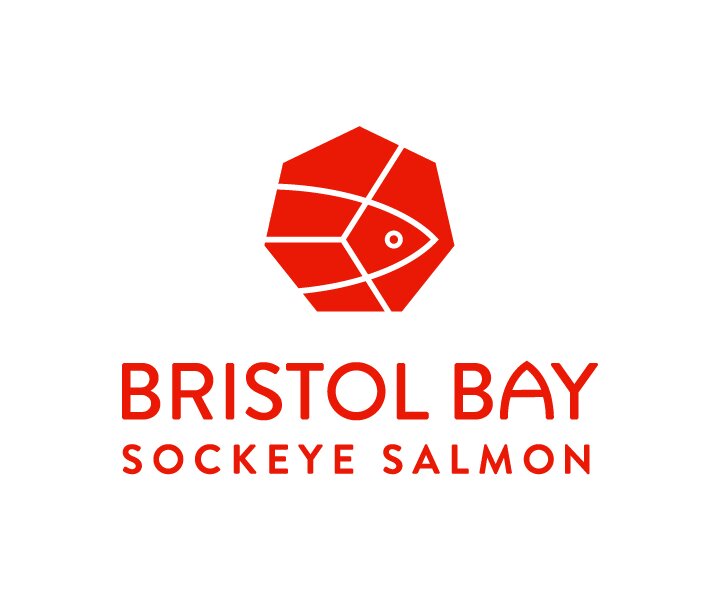NEW REPORT: Processor Survey
/BBRSDA’s annual processor survey, prepared by Northern Economics, gathers prior season information from Bristol Bay processors. This survey captures raw product data, finished product forms, chilled product volumes and quality impact, ice production capacity, and respondents’ opinions of trends and priorities within the fishery. Read all about the state of Bristol Bay salmon quality in the report HERE.
Key Takeaways
• In 2020 surveyed processors purchased 185.5 MMlb (million lbs.) of raw product, down 21.6 MMlb from 2019’s 207.1 MMlb. Even though the total amount of chilled product purchased was slightly down in terms of weight, the percent of total catch chilled actually set a record high of 84.2 percent, an increase of 6.7 percent from 2019. Product chilled prior to delivery totaled 156.2 MMlb in the aggregate fishery, with 146.7 MMlb in the drift net fishery and 9.5 MMlb in the setnet fishery. The drift net fleet chilled the same amount of its catch in terms of pounds as in 2019, but because the catch was smaller, the percentage chilled increased by over 9 percent. Chilled fish purchased from setnetters fell by 4.4 MMlb, a 31 percent decline from 2019 levels.
• The 146.7 MMlb of drift fleet chilled product purchases ties with 2019 for the second highest volume recorded by the survey, surpassed only by the 2018 record of 151.6 MMlb of chilled product. Overall, 93.6 percent of drift fleet deliveries were chilled, representing nearly four times the percent of drift fleet chilled product purchases when the survey began in 2008 (Figure 1).
• With the largest portion of chilled product delivered yet, this year’s survey highlights the dramatic shift in chilling practices over the past 13 years with chilled purchases from the drift fleet growing from 24 percent in 20082 to almost 94 percent in 2020.
• The trend in the distribution of raw product flowing into each product form appears to have shifted in 2020. This may be the result of changes in the survey instrument,3 but could also be related to issues with COVID and with a relatively large jump (from 1.4 percent in 2019 to 8.8 percent in 2020) in the amount of Bristol Bay salmon that was reported in the survey to have been transported outside of the Bay for primary processing. The results of the survey indicate that both canned and fillet production increased while fresh and frozen H&G production decreased.
• In 2020, refrigerated sea water (RSW) systems chilled 129.2 MMlb of fish, or 82.5 percent of the drift fleet’s total deliveries—the highest portion of RSW chilled fish recorded by the survey. Slush ice chilled 11.2 percent of total drift deliveries and the remaining 6.4 percent were dry (unchilled). When asked if there are any notable quality improvements gained from chilled floated fish (RSW) compared to chilled non-floated fish (slush ice), all but one of the 10 respondents stated that RSW fish is better or significantly better than fish chilled with slush ice.




